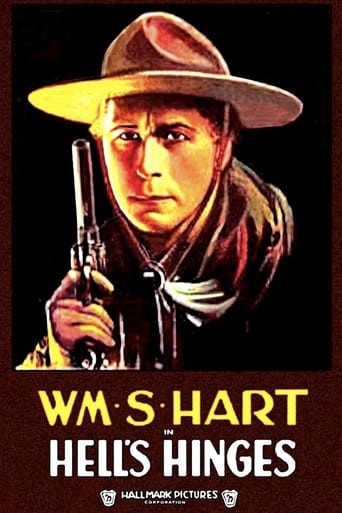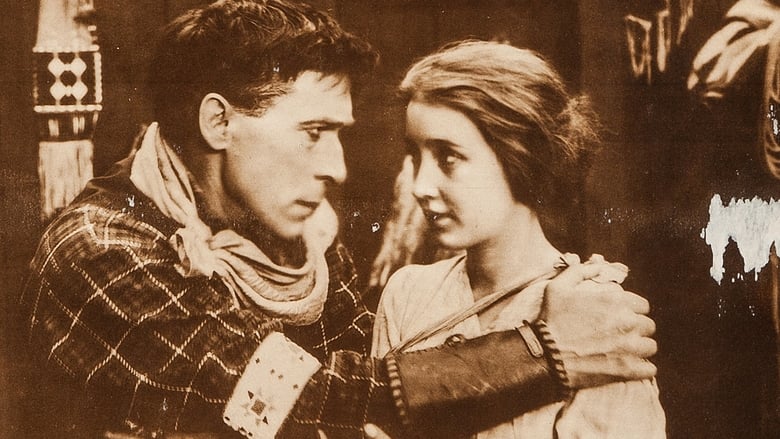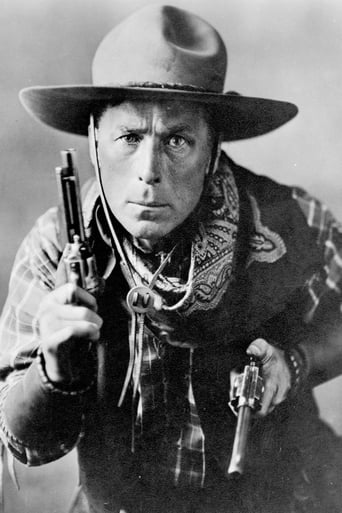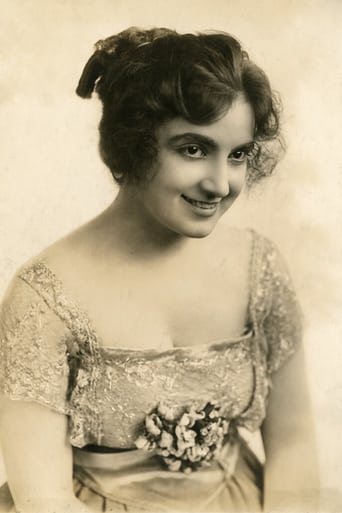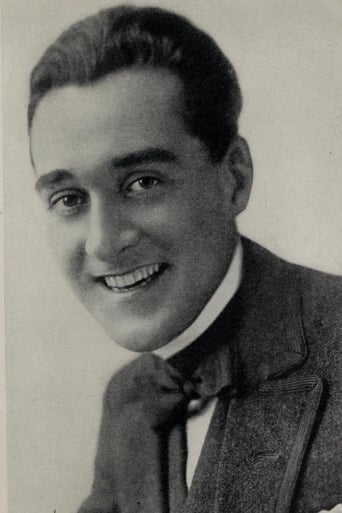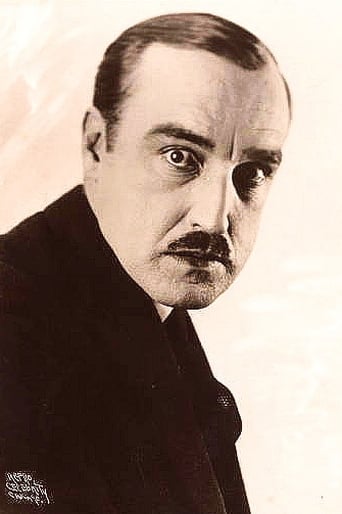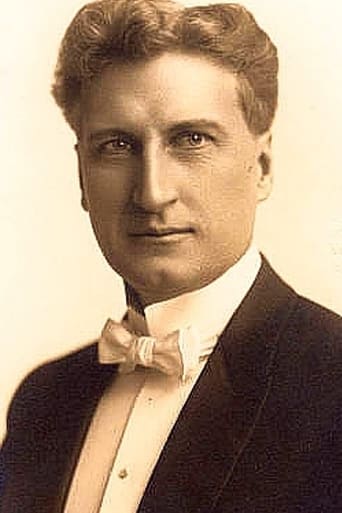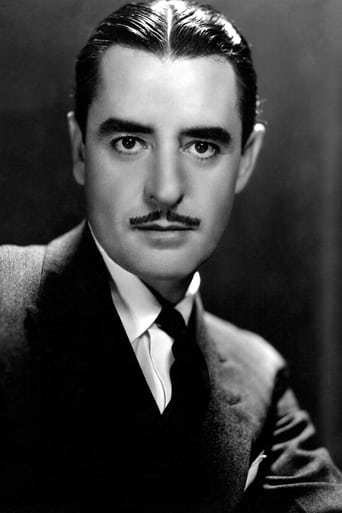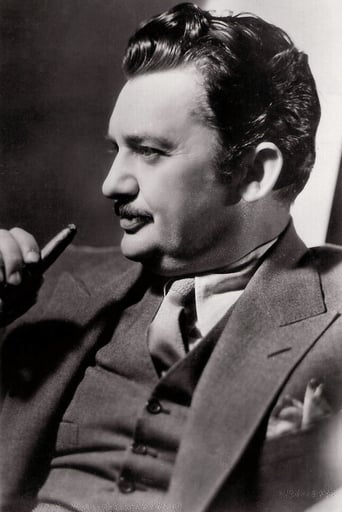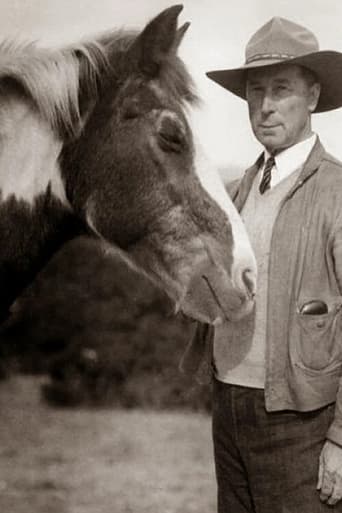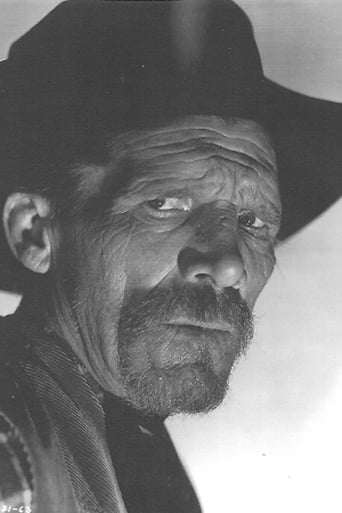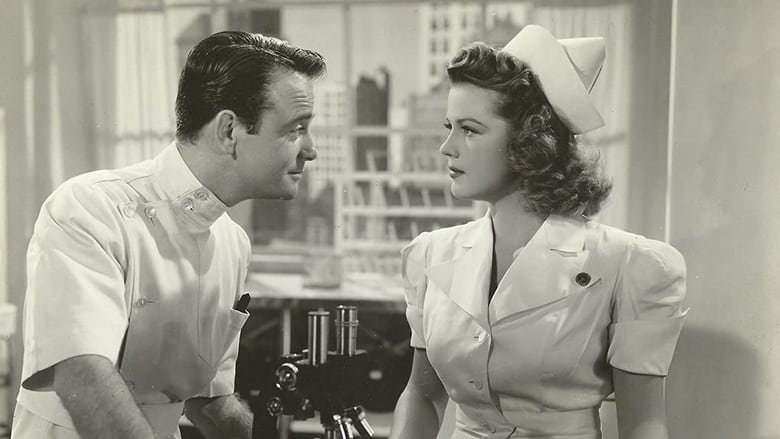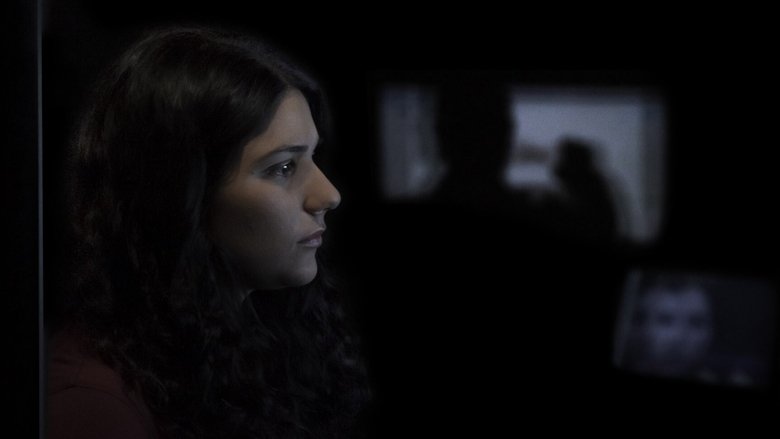When Reverend Robert Henley and his sister Faith arrive in the town of Hell's Hinges, saloon owner Silk Miller and his cohorts sense danger to their evil ways. They hire gunman Blaze Tracy to run the minister out of town. But Blaze finds something in Faith Henley that turns him around, and soon Silk Miller and his compadres have Blaze to deal with.


Reviews
This is an unusual Western which uses the freedom which existed before the Hays Code to cast as a villain a faithless Reverend who gets drunk in the local saloon, spends the night with one of the saloon girls and takes part in the arson of his own church. Opposite him we find the Reverend's saintly sister, adequately called Faith, and the big gun Blaze who was determined to get rid of the parson but falls in love with Faith and because of that start believing in God, protects the justs and destroys the villains. Apart from the parsons who is torn between good and evil, the characters are quite unidimensional and racist stereotypes are present, in this case concerning Mexicans. The sudden transformation of Blaze from bad to good is a bit too sudden to be credible.The cinematography is quite innovative for the time with the use notably of a very wide shot with extended panning to follow a stage coach traveling in the hills. Editing is dynamic with efficient use of cross-cutting. Most of the action is filmed outdoor with the reconstitution of a Wild West settlement which is entirely burned down at the end. Sepia, blue and red tainting are used to convey the atmosphere of different scenes. Humour is also present e.g. when we are shown how the parsons imagines the West. The moralizing ending where the bad are punished is a bit too conventional.a-cinema-history.blogspot.com/2013/11/
The town bad girl ready to seduce the weakling for a price, the pious parson in reality easily led and the tough Blaze Tracey, redeemed by the faith and purity of the minister's sister - it's all there in "Hell's Hinges" one of William S. Hart's biggest hits. He originated "the good bad man" character and he came to films from the stage, determined to put poetry and vision back into the Western genre he loved so much. His titles were flowery and too sentimental ("a gun fighting, man killing, devil's den of iniquity that scorched the earth") but there was deep sincerity and power behind the sentiment. Hart grew up loving the West but was appalled at the low standard of movie westerns at that time. Apparently he once complained to a cinema owner who replied that that particular film was one of the best he had screened.More full driven drama than straight forward Western, it tells of the arrival in town of a weak willed young minister, Rev. Robert Henley - a man who has no belief in his calling, only becoming one to keep his mother happy and his sister, Faith (Clara Williams) who hopes that the new town will make a man of him. In reality, the town, "Hell's Hinges" is one of the worst towns in the West and oily "Silk" Miller has already secured the services of Blaze Tracy (Hart), a tough gun man, to run the minister out of town before religion can take over.Blaze is instantly won over by Faith who has a "different type of smile". (I know it's hard to believe - Williams being probably the homeliest actress ever)!! He warns the bad element of the town to keep away from the siblings but listening to the parson's sermon he remains unmoved and realises that all the power and conviction lies in Faith. Henley is being corrupted by "Silk" who convinces him to give a talk to the dancing girls but once in the saloon he is introduced to hard liquour and is then seduced by captivating Dolly (Louise Glaum). The next morning he is too drunk to give a sermon and, what is worse, he drunkenly incites the town's folk to burn down the newly erected church. The action was reserved for the last 20 minutes and was powerful and realistic. Panoramic long shots and terrific control over the masses of extras used in scenes of mob violence and pandemonium, there was plenty of blazing guns as well.Just a tremendous movie.
The grim, somber tone of this Western does not at all keep it from being a watchable and interesting feature. William S. Hart's screen presence is put to very good use, and the tension is built up steadily. The atmosphere is effective, and along with the story, it is interesting in its contrast with the usual expectations of the genre.Hart is well-cast as the stoical gunslinger who becomes fascinated by the purity of a preacher's sister. The character's transformation might be a little too abrupt, and it might have been an even better movie if 'Blaze' had changed more reluctantly, but Hart himself is quite effective in the role. Jack Standing also does a good job as the weak-willed preacher whose folly leads to so much havoc.The story is quite moralistic in its way, but it is nevertheless pretty interesting. The conflicts and tensions are of a much different nature than westerns usually feature, and the tone is unrelentingly serious and foreboding. Things are built up carefully into a harrowing finale that is filmed with a lot of detail.Features like this show why Hart rose to such popularity. His persona seems to have been a good one for the times, and his strengths as an actor show up well in silent cinema.
The silent western has a lot going against it. As a western, the plot is grounded in an exaggerated human experience heightened by a minimised physical environment. The silent film too has to exaggerate the experience, not only in the mannerisms of the actors, but in the setting and props as well. No wonder so many silent westerns are seen as inflated and risibly tiresome.Add a third problem: the religious experience. This too is often exaggerated because of how profoundly inward the process is. So we have a scene with Hart cleaned up, hair combed back, nodding his head as he reads the Bible. Avoidable? Probably, Demille would have been a better candidate. But we can still admire how free of convention the film is in its structure and methods, something Hart would pursue in his more worthwhile works.3 out of 5 - Some strong elements
